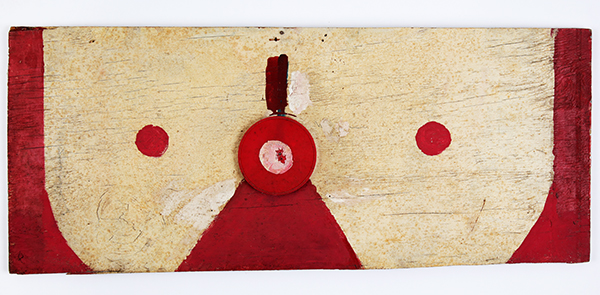
WORKS FROM R.E.M. BANDLEADER MICHAEL STIPE'S COLLECTION WILL SHOWCASE THE REGION'S VISIONARIES AND ICONOCLASTS
by Edward M. Gómez
In the English-speaking world in the 1970s, the category of art that had become known among researchers and collectors in Europe — often they were one and the same — about three decades earlier as “art brut” (French for “raw art”) gained a new name, “outsider art.” That term stuck and was picked up by American art dealers; as researchers and collectors in the United States began applying the critical criteria associated with the appreciation of the creations of self-taught art-makers situated on the margins of mainstream society and culture, over time, an American outsider art canon emerged.

centimeters)
Many of the artists who have become iconic symbols of American imagination and creativity in the outsider art field now hold durable places in a distinctive, venerable art-historical confraternity. Among them: Thornton Dial, Sr.; Lonnie Holley; Hawkins Bolden; Sister Gertrude Morgan; the quiltmakers of Gee’s Bend, Alabama; Mose Tolliver; and Howard Finster. There are many more.
to read the whole article.


